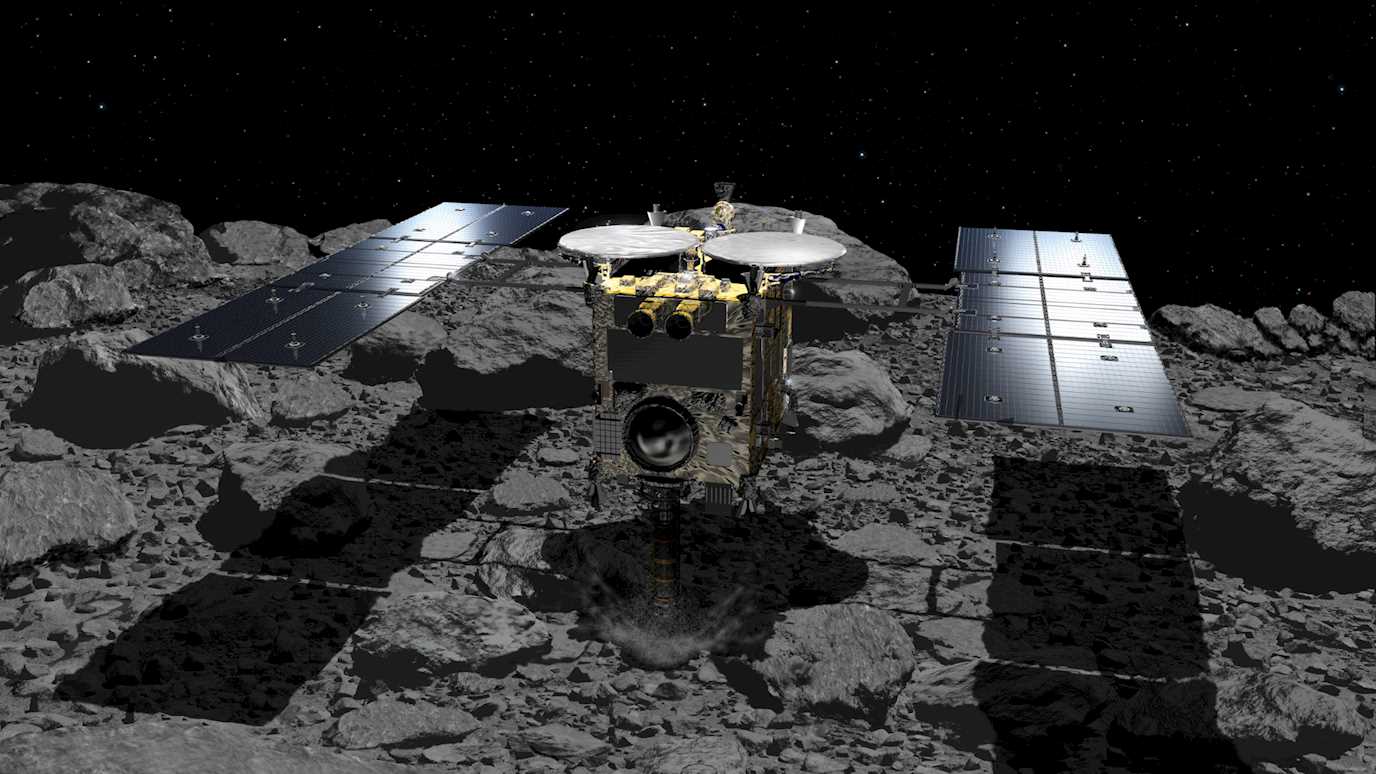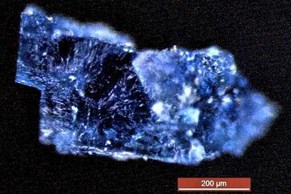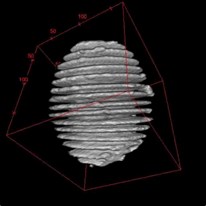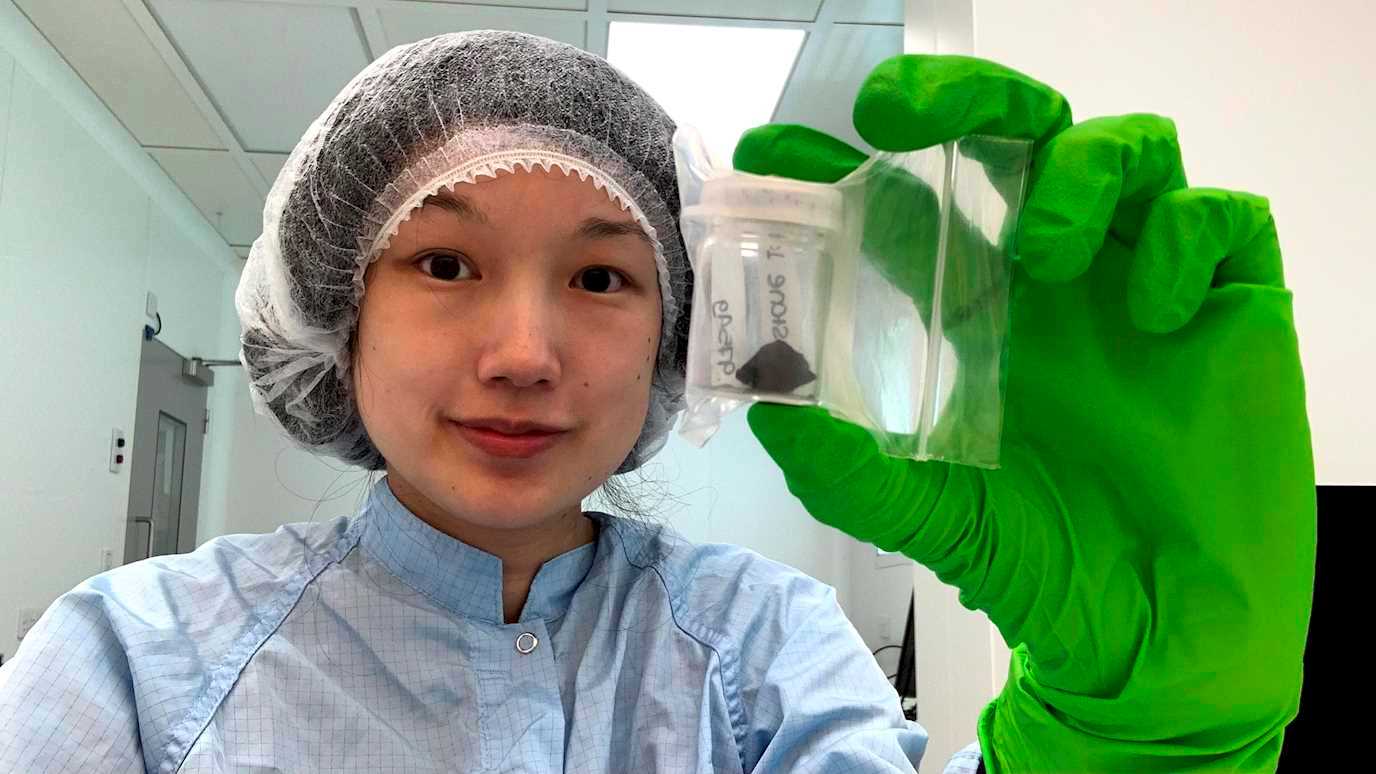
Meteorites Research Group

Earth Sciences
 |
Meteorites Research Group |
 Earth Sciences |
 Carbon-containing meteorites record the chemistry that preceded the emergence of life, and now we are better able to look for those signs than ever before – thanks to the development in modern technology with enhanced precision and sensitivity. Although the building blocks of life in meteorites could be vulnerable to extreme conditions, e.g. toasty temperature during a meteorite's fiery entry into the atmosphere, the interiors of meteorites are buffered from those conditions. Trapped liquid water and life’s precursor molecules could have been preserved like “mosquito in amber” and therefore studied in the laboratory.  A water-bearing halite crystal found in the Zag meteorite  A magnetite plaquette (stack of platy magnetite crystals) in the Orgueil meteorite. Magnetite plaquettes are apparently absent from terrestrial environments, but are common in meteorites extensively processed by water on asteroids. Queenie Chan, Founder and lead of the Meteorites Research GroupQueenie Chan is a planetary scientist. Her research focuses on understanding the earliest chemical reactions involving liquid water in the solar system, and how the individual events turned simple life’s building blocks into increasingly complex molecules that ultimately yielded life. Her work typically involves the analysis of the chemical and organic contents of astromaterials including meteorites and asteroidal/cometary samples returned by space missions.  The Winchcombe meteorite is a rare carbon rich chondritic meteorite (approximately four percent of all recovered meteorites, containing up to 3.5 weight percent of carbon) and is the first ever meteorite of this type to be found in the UK with an observed meteorite fall event, with more than 1,000 eyewitnesses and numerous footages of the fireball. |